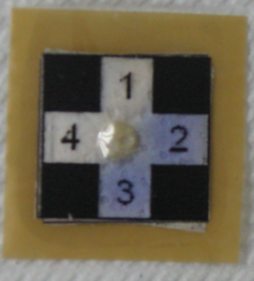Growth in mobile phone penetration has created new opportunities to reach and improve care to underserved, at-risk populations including those with tuberculosis (TB) or HIV/AIDS.
This paper summarizes a proof-of-concept pilot designed to provide remote Mobile Direct Observation of Treatment (MDOT) for TB patients. The MDOT model combines Clinic with Community DOT through the use of mobile phone video capture and transmission, alleviating the travel burden for patients and health professionals.
Three healthcare professionals along with 13 patients and their treatment supporters were recruited from the Mbagathi District Hospital in Nairobi, Kenya. Treatment supporters were asked to take daily videos of the patient swallowing their medications. Patients submitted the videos for review by the health professionals and were asked to view motivational and educational TB text (SMS) and video health messages. Surveys were conducted at intake, 15 days, and 30 days. Data were collected in 2008 and analyzed in 2009
All three health professionals and 11 patients completed the trial. All agreed that MDOT was a viable option, and eight patients preferred MDOT to clinic DOT or DOT through visiting Community Health Workers.
MDOT is technically feasible. Both patients and health professionals appear empowered by the ability to communicate with each other and appear receptive to remote MDOT and health messaging over mobile. Further research should be conducted to evaluate whether MDOT (1) improves medication adherence, (2) is cost effective, and (3) can be used to improve treatment compliance for other diseases such as AIDS.

